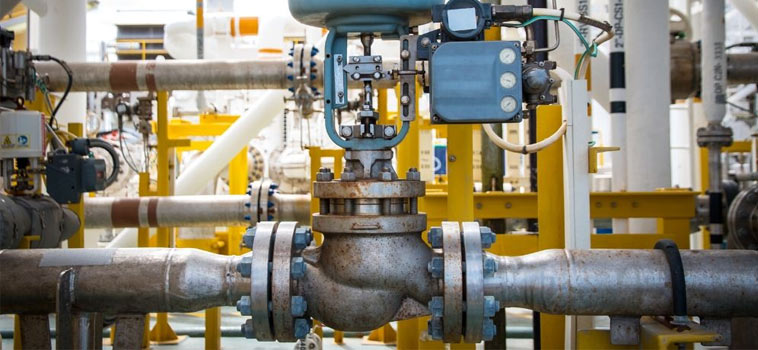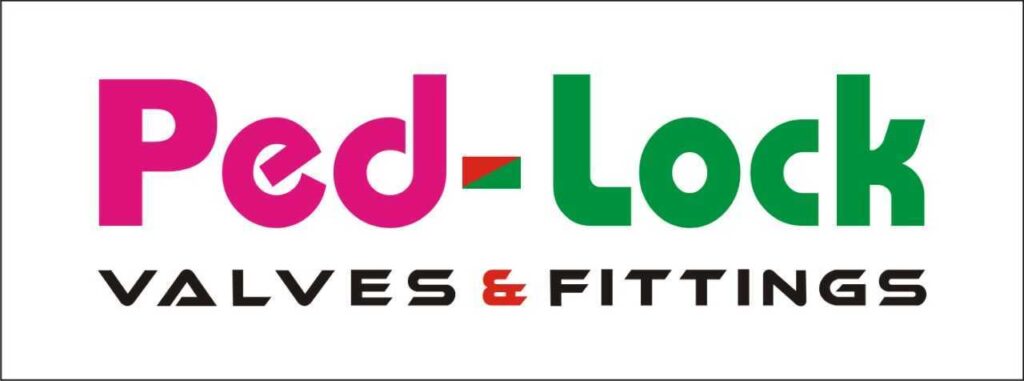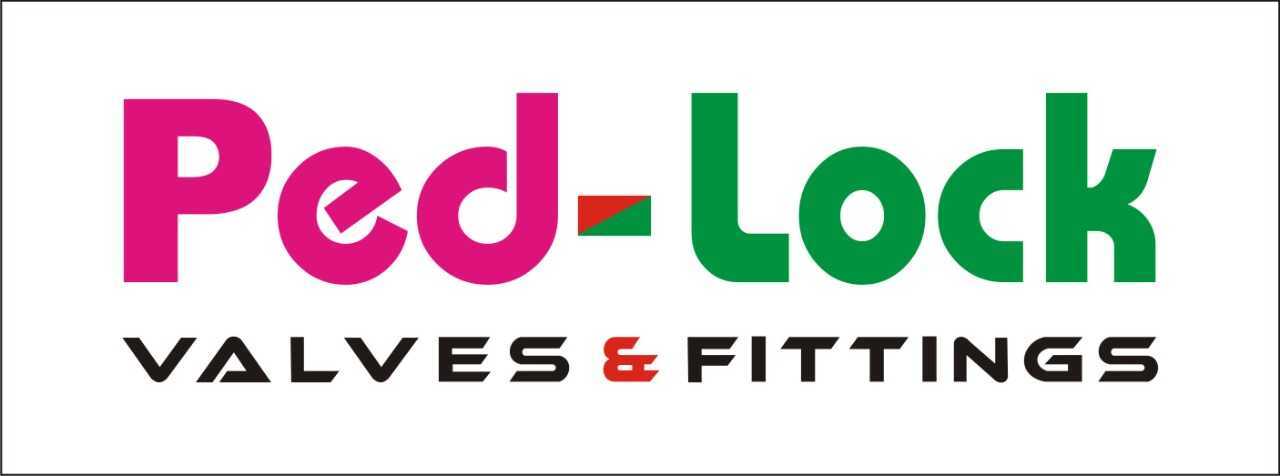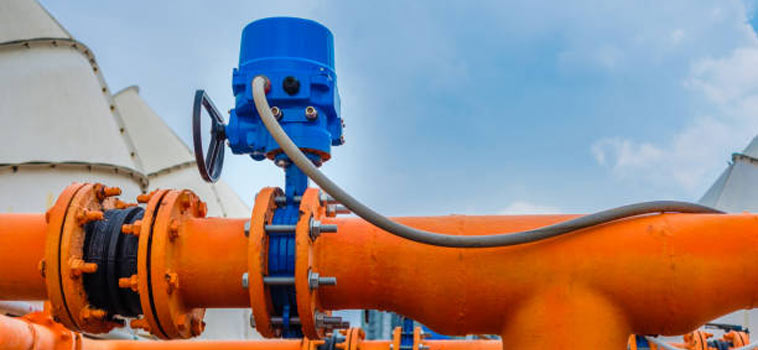Types of Check Valve and Their Uses

Check valves are essential components in piping systems that allow fluid to flow in one direction while preventing it from flowing back in the opposite direction. They are commonly used in a wide range of industries, including oil and gas, water treatment, chemical processing, and food and beverage production. In this blog, we will discuss the different types of check valves and their uses.
Swing Check Valve The swing check valve is the most commonly used type of check valve. It consists of a disc that swings open and closed to allow or prevent fluid flow. The disc is attached to a hinge, which allows it to swing freely. Swing check valves are ideal for low-pressure applications, such as water supply and drainage systems.
Lift Check Valve The lift check valve uses a disc that lifts up to allow fluid flow and drops back down to prevent backflow. Lift check valves are ideal for applications where there is a higher pressure drop, such as in steam systems.
Tilting Disc Check Valve The tilting disc check valve uses a disc that tilts to allow fluid flow and returns to its original position to prevent backflow. This type of check valve is ideal for applications that require a quick response time, such as in firefighting systems.
Ball Check Valve The ball check valve uses a ball that rolls to allow fluid flow and sits in place to prevent backflow. Ball check valves are ideal for applications that require a low-pressure drop, such as in water supply systems.
Diaphragm Check Valve The diaphragm check valve uses a flexible diaphragm that flexes to allow fluid flow and returns to its original position to prevent backflow. This type of check valve is ideal for applications that require a tight seal, such as in chemical processing systems.
Dual Plate Check Valve The dual plate check valve uses two plates that open and close to allow or prevent fluid flow. The plates are spring-loaded to ensure a tight seal when closed. This type of check valve is ideal for high-pressure and high-temperature applications, such as in oil and gas production.
Wafer Check Valve The wafer check valve is a compact, lightweight valve that uses a disc that swings to allow fluid flow and closes to prevent backflow. This type of check valve is ideal for applications that require a low-pressure drop and minimal space, such as in HVAC systems.
In conclusion, the different types of check valves have unique features and advantages that make them suitable for specific applications. The selection of the right type of check valve is essential for ensuring efficient and reliable operation of piping systems. Understanding the different types of check valves and their uses can help in selecting the right type of valve for a specific application.



